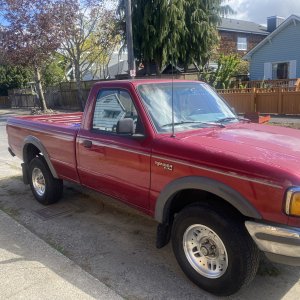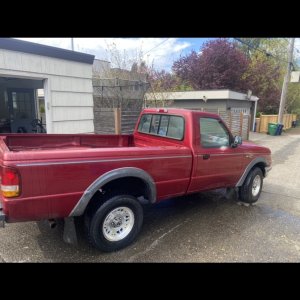Kirk
New Member
- Joined
- Nov 16, 2007
- Messages
- 23
- Reaction score
- 0
- Points
- 0
- Age
- 58
- Vehicle Year
- 2002
- Make / Model
- Ford
- Transmission
- Automatic
All the newer rides of the last 10 yrs or better say that you can go 100K between tune ups (ie spark plugs). I'm having a hard time buying that. It seems in the "old days" we used to change plugs every 30K or so. Can you really go that long without performance/mileage suffering? How often do you guys change you plugs and what plugs do you use?


















